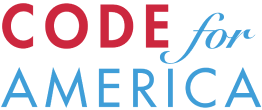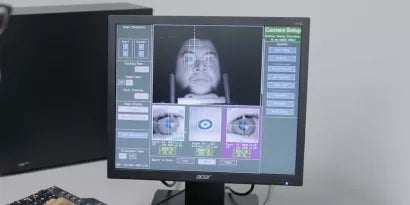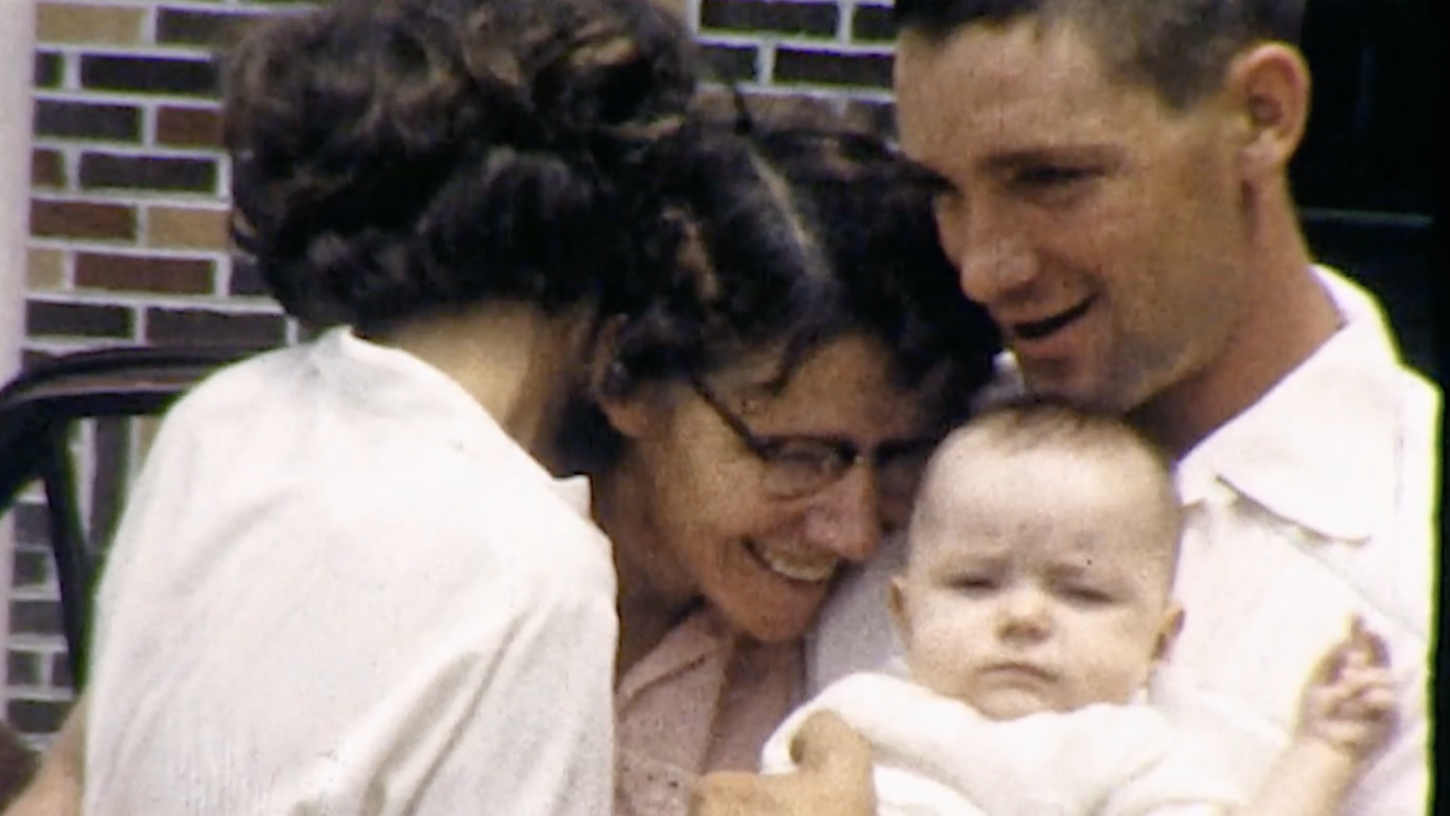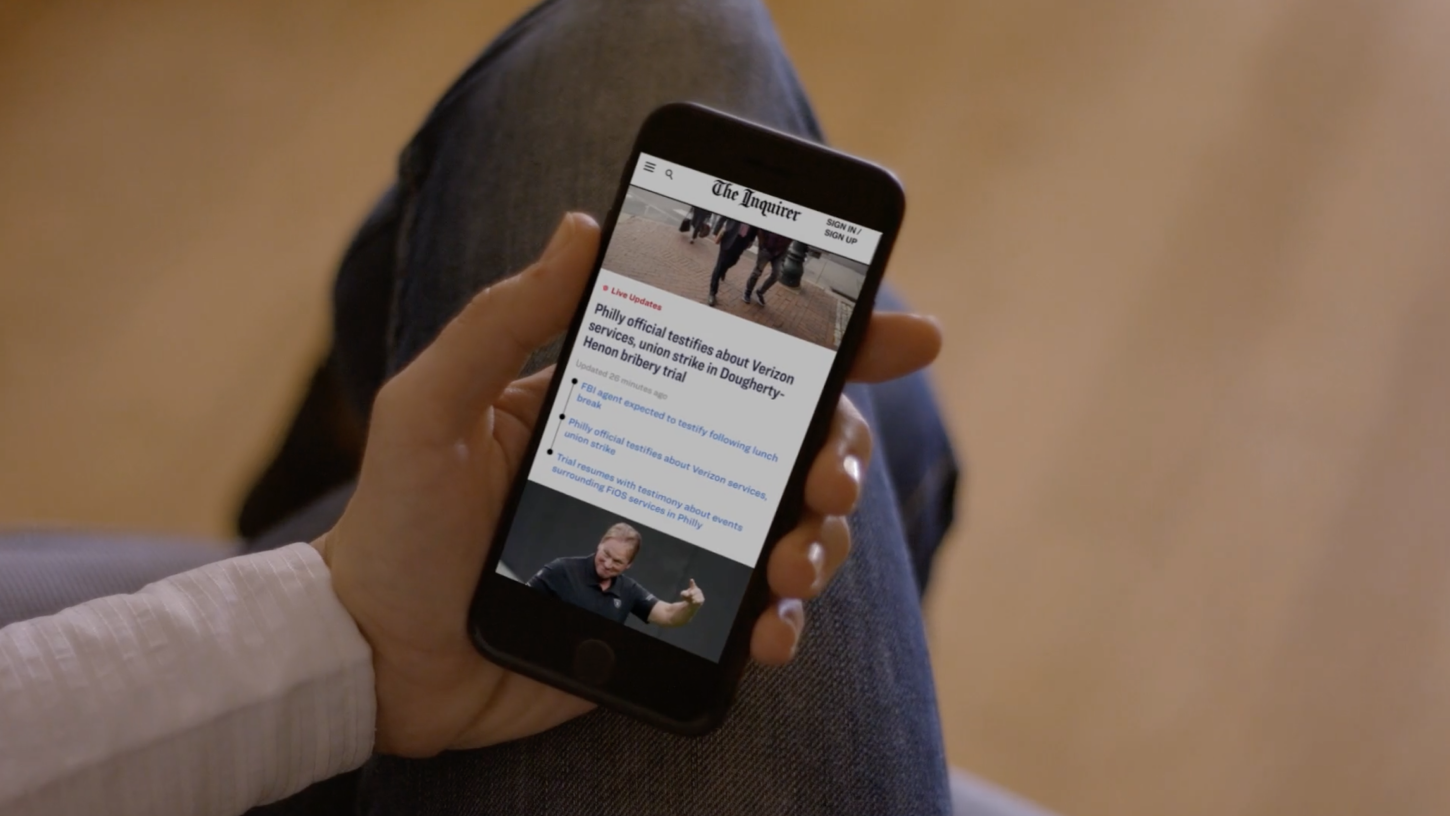
Non-profit
Code for America + UserTesting
Read how Code for America builds communications technology that keeps people out of jail

It’s amazing that I can sit in my office and set up a UserTesting study and get all the results back within 30 minutes. That’s about the amount of time it would take me to take a cab to the airport. It’s an amazing time saver.
Rachel Edelman
Product Designer, Code for America

About the company
Code for America is a technology nonprofit that believes that government can work for the people, by the people, in the digital age. We use insights and ideas from real people to guide us to real solutions that break down barriers to meet community needs and improve government in meaningful ways.
Get started now
Contact Sales- 32%Improvement in pre-trial success
- 5 hrsSaved per week per probation officer
- 8XIncrease in monthly communication per client
Roughly 5 million adults in the US are on community supervision at any given time; this translates to 1 in 53 adults being on probation, parole or pre-trial supervision. Roughly half of those on probation eventually exit each year, and of those 3 out of every 5 exits are deemed successful. The remainder are re-incarcerated or end in some other unsatisfactory outcome.
While there are many reasons for these results, one contributing factor is difficulty complying with the many rules required to successfully exit probation. Probationers have on average 10 to 20 different terms that they must comply with. In addition to being difficult to complete, the rules are also largely hidden. “There are a ton of cracks where critical information is falling through,” says Manya Scheps, Senior Product Manager at Code for America. “This is because landline and letters are the most upto-date technologies that many county governments have.” Non-compliance can be attributed to something as simple as critical notifications being delivered to the wrong address or getting lost in transit.
Enter Code for America. Launched in 2009, Code for America is a non-partisan, non-profit organization that aims to lessen the gap in technology use between the private and public sector. By employing user-centered design and agile development principles, the group aspires to improve how government uses technology in order to better serve the American public.
One of its major mandates is upholding safety and justice in communities by safely reducing over-reliance on incarceration. The Code for America team sought to streamline the communication process, ensuring that critical information gets to individuals participating in community supervision—and in the way they need it in order to be successful.
The team developed ClientComm, a web app that allows probation officers (POs) to exchange text messages with their clients from their computer, tablet, or mobile device. In developing this application, they leveraged UserTesting to optimize the user experience.
1. Easy-to-use solutions for all audiences
“We have users with a wide range of digital literacy and we wanted to be sure we covered everyone’s needs,” notes Rachel Edelman, Product Designer at Code for America. “Our customers (POs) operate in a world where fax machines, phone calls, and personal meetings are the main modes of communication. Many have legitimate fears about their ability to adopt new technology. Being able to do usability testing and ensure we were upholding our mandate to provide intuitive, helpful solutions was very important.”
2. User-distant design to maximize resources
While Code for America is based in San Francisco, its customers are spread across the US as far as Baltimore. Being able to quickly and easily secure perspective from customers in order to drive customer-centric design was critical towards positive outcomes. Edelman adds, “There’s only so much we can travel. It’s amazing that I can sit in my office and set up a UserTesting study and get all the results back within 30 minutes. That’s about the amount of time it would take me to take a cab to the airport. It’s an amazing time saver.”
3. Product experiences that match customer needs
The ClientComm interface and its functionality are intentionally simple. “For us, usability was the main focus,” says Edelman. “We just wanted to make sure that people can complete the tasks they need to do in order to do their jobs.” The team included specific features that addressed the unique challenges of the audiences they were working with. For example, probationers often rely on prepaid phones, which means they frequently change their phone numbers. Probation officers are able to quickly edit the phone number associated with a profile and add in notes as needed, ensuring that lines of communication continually remain intact.
The team piloted the program in Salt Lake County, Utah and the early results already speak to the product’s success. The biggest benefit to POs was time savings: on average each probation officer saved more than 5 hours per week. And they saw an 8x increase in communication per client per month.
While increased communication is good, “where the rubber hits the road is in client success,” says Scheps. “Whereas in the past, 50 percent of clients on pre-trial supervision weren’t showing up for court or had a new arrest under supervision, now less than 20 percent are.” They saw an astonishing 32 percent improvement in pre-trial success. The team is currently working with UVA Professor Jennifer Doleac to conduct a randomized control trial to understand precisely how much of that sharp reduction is attributable to ClientComm.
The team continues to expand the program to new regions, extending the impact of ClientComm across the US. And they do not often encounter resistance. “In new jurisdictions, we have people who raise their hands to become beta testers. These are the probation officers who have years of on-the-job experience and understand the benefits of what we are offering,” says Scheps. “They have great results and become evangelists within their departments, and share use cases we never thought of.”






